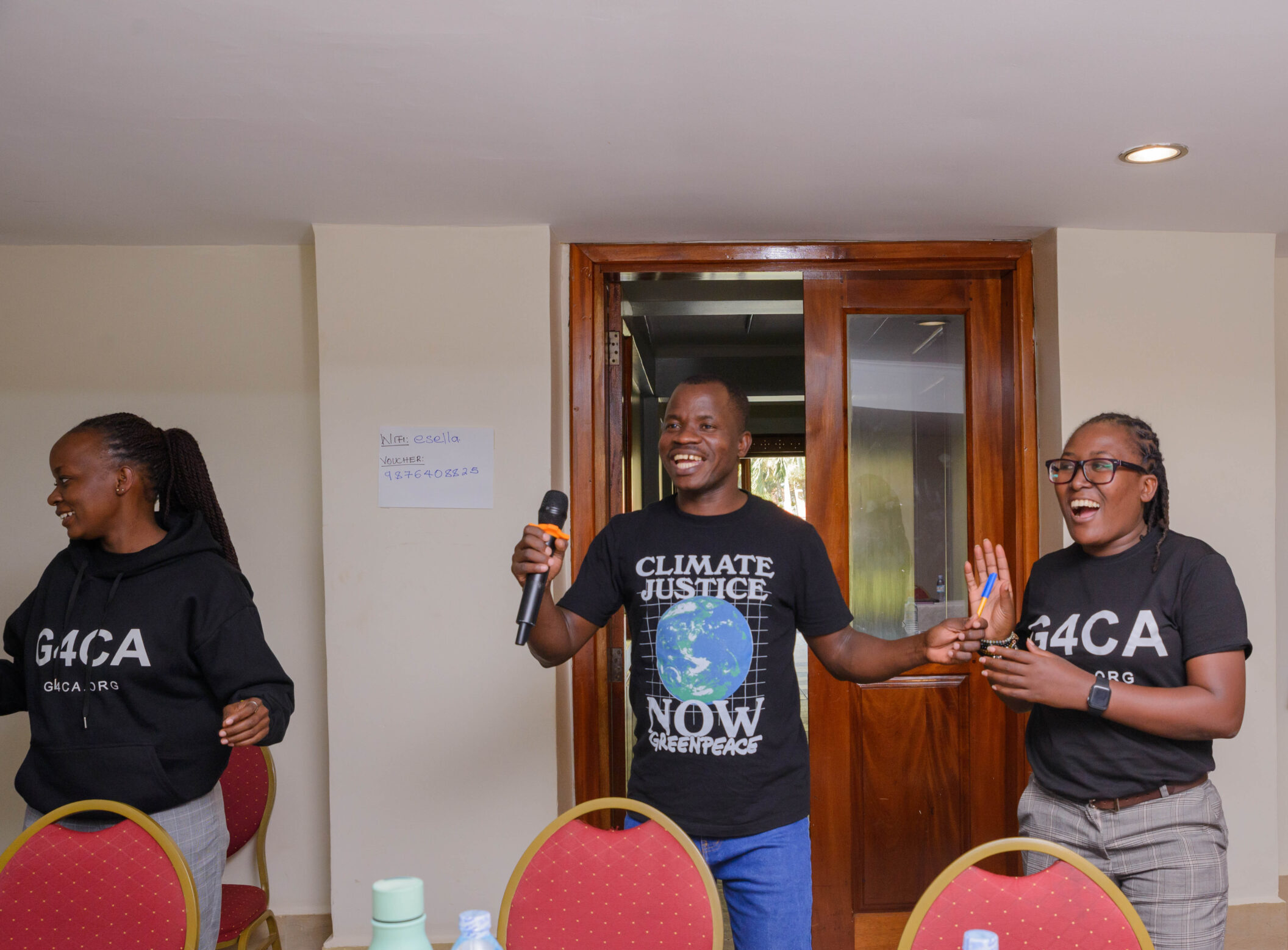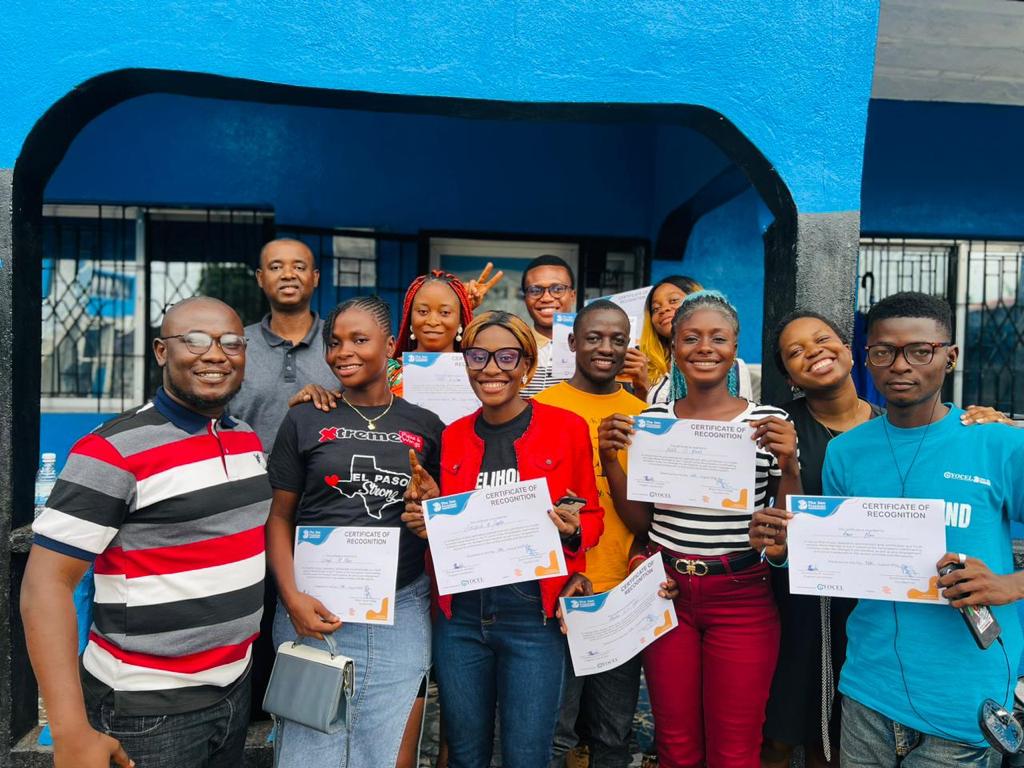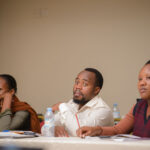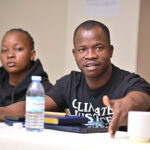This International Youth Day, we’re sharing what we’ve learned over 20 years of funding youth-led activism—and a first glimpse at our new strategy for supporting youth rights.

Each year, International Youth Day gives us a reason to celebrate the vibrancy of youth-led activism. It is also a crucial moment to pause and reflect not just on how young people are shaping the world, but also on what it means to truly support them in doing so.
As we mark International Youth Day this year, we’re looking back on what we’ve learned over 20 years of funding youth-led activism—and sharing a first glimpse at our strategy going forward.
What We’ve Learned
At the Fund for Global Human Rights, we have spent two decades supporting young people’s initiatives through our Children’s and Youth Rights Program.
We’ve learned that supporting youth activism means challenging internal systems and interrogating assumptions that were never designed for youth-led groups. It means being honest about how slowly philanthropy has moved to meet the urgency that young people live with every day.
Through participatory grant making, we’ve learned how to share power with young people and how philanthropy can be responsive to their needs and lived realities. Many youth-led groups operate informally due to bureaucratic barriers, legal restrictions, or strategic choice. Despite lacking legal status, these groups often demonstrate remarkable financial integrity, strategic acumen, and community trust.
Supporting them effectively requires developing funding mechanisms that allow unregistered groups to access resources, engaging in trust-based relationships that acknowledge their accountability practices, and adopting flexible due diligence frameworks that assess legitimacy beyond legal status. Recognizing and adapting to these realities helps ensure that the most dynamic and innovative youth-led initiatives receive the support they need to thrive.

Where We’re Going
Today, there are more than 1.2 billion people between the of ages 15 to 24 worldwide. Nearly 90 percent of those young people live in the Global South, where intersecting challenges including economic inequality, access to education, and the climate crisis have an outsized effect on their lives and futures. As their urgent demands for change grow louder, our work to resource their activism and expand their agency continues to evolve.
We increasingly seek to embed youth activism within our regional programs, increase intergenerational and cross-movement collaboration and learning, and build coherence in our funding for youth initiatives across the Fund. We are excited to be expanding this work to new regions outside of Africa. These are contexts where young people face extraordinary risks for speaking out and civic space is shrinking fast. But they are also spaces where young people are challenging dominant narratives, building cross-movement solidarity, and organizing around everything from land rights to digital freedoms.
Our strategy going forward is organized around four key priorities. These are not just programmatic themes—they are necessary shifts in how we resource, accompany, and advocate for youth-led movements.
1. Resourcing youth-led activism, agency, and efforts to expand their civic spaces
Our starting point is simple: young people must have the autonomy, tools, and resources to define and drive their own agendas. We are focused on resourcing youth-led organizations—especially those led by historically excluded groups like youth with disabilities, Indigenous youth, and young women from racial and ethnic minorities. In some places, this means long-term core funding. In some others, it means rapid-response grants, strategic technical assistance, or just showing up with solidarity and flexibility when and where it is needed most.
We are also embedding care more intentionally into our resourcing approach—whether that’s mental health support, security protections, or space to rest. Youth leadership can’t be sustained without care. And care, we’ve learned, is a political priority, not an afterthought.
2. Tackling violence and discrimination through an intersectional lens
Violence against young people—especially adolescent girls and gender-diverse youth—remains one of the most persistent and underfunded challenges in human rights. But it’s not just about violence. It’s about the structures that make it possible and normalize it.
Our strategy is to fund work that cuts to the roots: youth-led initiatives that are confronting patriarchy, challenging discriminatory practices, and building cultures of safety and belonging. That also means working across movements—like gender justice, disability rights, and climate justice—because these struggles are not separate for the young people living them.
3. Expanding economic and social rights for youth
Economic injustices show up early in life, especially for young people shut out of formal employment, education systems, and land ownership. We are investing in youth-led initiatives that are rethinking economic participation—not as a matter of individual hustle, but as a rights-based issue tied to structural access and long-term dignity.
This isn’t about funding start-ups. It’s about shifting systems. That includes supporting youth advocacy that pushes governments and institutions to make labour, business, and education policies more inclusive of young people’s realities. We are also experimenting with economic empowerment models that sit within a broader social justice frame.
4. Championing climate justice
The climate crisis is here, and young people are leading some of the most courageous and creative resistance to it. Our role is to support that leadership, not just in moments of mobilization but in the long, hard work of building climate resistance, defending land and water, and holding corporations and governments accountable.
We are funding youth movements that are organizing at the intersections: climate, gender, Indigenous rights, and economic justice. And we are doing so with a commitment to rapid, responsive funding because the window for action is narrowing—and young people are not waiting.

This year’s theme for International Youth Day, “Local Actions for the SDGs and Beyond,” speaks to what youth movements have always known: real change starts close to home, in places often overlooked by global frameworks.
Our job as funders and allies is to back that change—quietly, consistently, and without getting in the way. The learnings and strategic priorities we’ve outlined above aren’t just aspirational rhetoric or lofty goals. They’re our blueprint for supporting youth-led activism over the next five years—and a renewed commitment to the power and agency of young people around the globe.
Happy International Youth Day!
Sign up to our newsletter
Add some impact to your inbox.
By submitting this form, you accept that your data will be stored and processed in line with our Privacy Policy.


